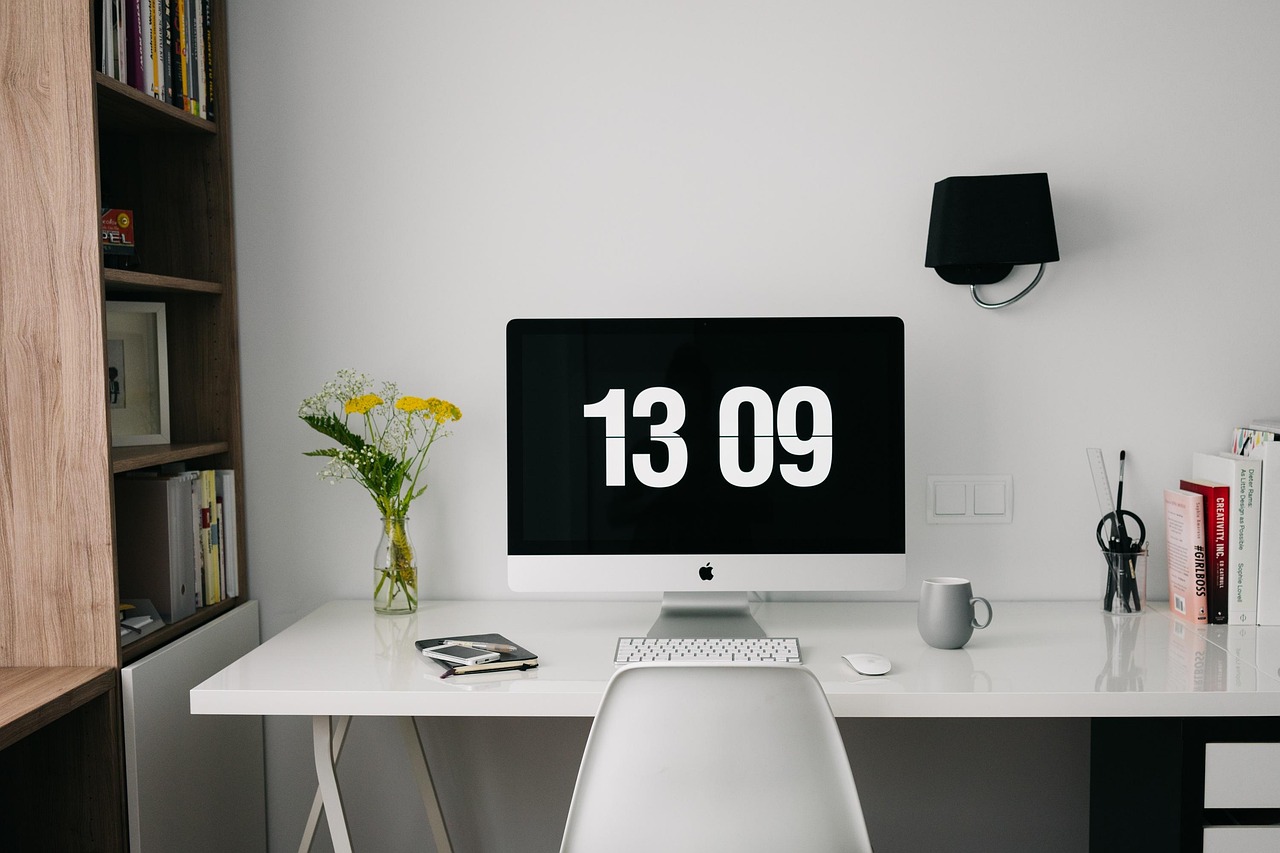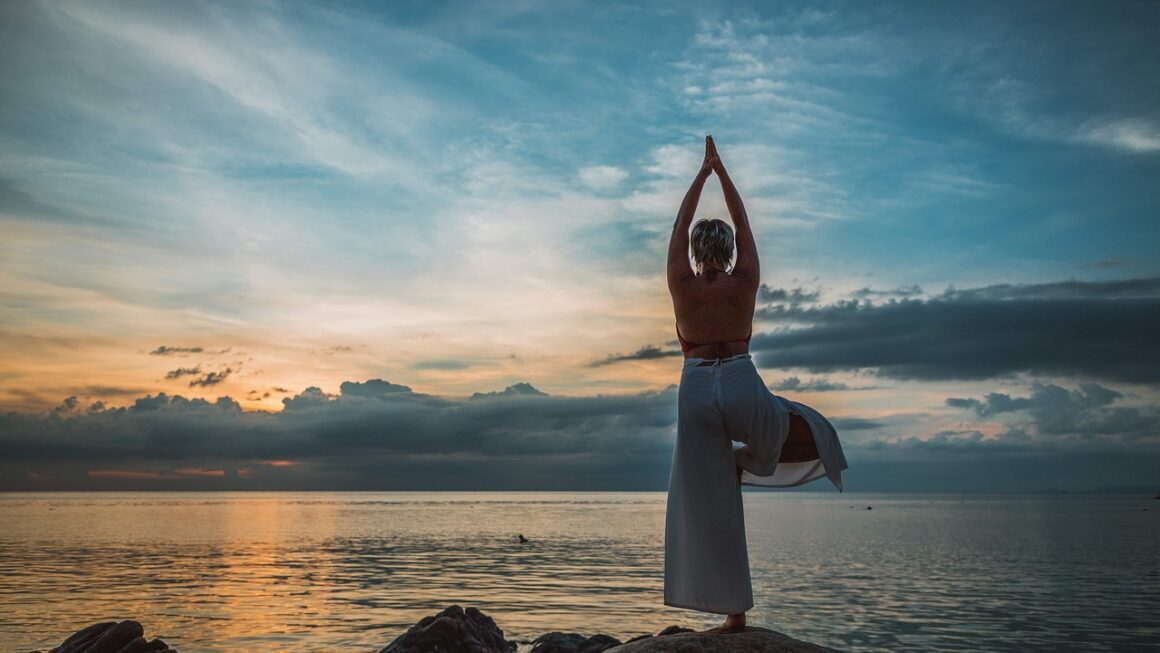Imagine a life with less clutter, less stress, and more freedom. Minimalism isn’t just a trend; it’s a conscious choice to focus on what truly matters. By intentionally streamlining our possessions and commitments, we can create space for more meaningful experiences and a more fulfilling life. This guide explores the core principles of minimalism, its benefits, and how to practically implement it in your own life.
Understanding Minimalism
What is Minimalism?
Minimalism is a lifestyle characterized by intentionally living with only the things you need. It’s about removing excess possessions and focusing on what brings you joy and purpose. It’s not about deprivation or asceticism; rather, it’s about making conscious choices about what you allow into your life. The core concept is centered on valuing experiences, relationships, and personal growth over material possessions. Minimalists actively declutter their lives, removing items that no longer serve a purpose or bring value. This focus allows them to spend more time, energy, and resources on what is truly important.
- Minimalism is a lifestyle, not a competition.
- It’s about intentionality, not deprivation.
- The focus is on value and purpose, not quantity.
The Origins of Minimalism
The concept of minimalism has roots in various philosophical and artistic movements. In art, minimalism emerged in the 1960s as a reaction against abstract expressionism. In lifestyle terms, it reflects a growing awareness of consumerism and its impact on well-being and the environment. While there isn’t one singular origin, the rise of consumer culture and the desire for a simpler, more intentional life have fueled the modern minimalist movement. Figures like Marie Kondo, Joshua Fields Millburn, and Ryan Nicodemus (The Minimalists) have popularized the concept through books, documentaries, and online content.
Dispelling Common Myths About Minimalism
Many misconceptions surround minimalism. It’s not about living in a stark, empty room, nor is it solely for those with a lot of money to spend on expensive, minimalist-designed items.
- Myth: Minimalism means owning nothing. Fact: It’s about owning only what you need and love.
- Myth: Minimalism is expensive. Fact: It can actually save you money by reducing unnecessary purchases.
- Myth: Minimalism is boring. Fact: It allows you to focus on experiences and relationships, which can be incredibly fulfilling.
- Myth: Minimalism is only for a certain type of person. Fact: Anyone can adopt minimalist principles, regardless of their background or lifestyle.
Benefits of Embracing Minimalism
Improved Mental Wellbeing
A cluttered physical space often reflects a cluttered mental space. Minimalism can lead to:
- Reduced stress and anxiety: By decluttering your home and life, you can create a more calming and peaceful environment, reducing feelings of overwhelm and anxiety.
- Increased focus and productivity: A minimalist environment minimizes distractions, allowing you to concentrate on tasks and achieve your goals more effectively.
- Greater sense of control: Taking control of your possessions can empower you and create a sense of mastery over your life.
Financial Freedom
Minimalism can positively impact your finances in several ways:
- Reduced spending on unnecessary items: By consciously evaluating your purchases, you can avoid impulse buys and save money.
- Increased savings: With less spending, you can allocate more resources to savings, investments, or paying off debt.
- Greater financial security: Minimalism encourages you to focus on long-term financial goals rather than short-term gratification. For instance, instead of buying the latest gadget, you might invest that money in a retirement fund.
Environmental Impact
Choosing to own less can have a significant positive impact on the environment:
- Reduced consumption: Less demand for products means less strain on natural resources and lower carbon emissions from manufacturing and transportation.
- Minimized waste: By decluttering and donating or selling unwanted items, you can reduce landfill waste.
- More sustainable choices: Minimalism encourages you to buy durable, high-quality items that last longer, reducing the need for frequent replacements. This can include opting for reusable items (water bottles, shopping bags) and repairing items instead of replacing them.
Implementing Minimalism in Your Life
Decluttering Your Home
Decluttering is a crucial first step in adopting a minimalist lifestyle.
- Start small: Begin with a single drawer, shelf, or room. Don’t try to tackle everything at once.
- Use the 90/90 rule: If you haven’t used an item in the past 90 days, and you can’t see yourself using it in the next 90 days, consider getting rid of it.
- Ask yourself key questions: When evaluating an item, ask yourself: “Does this bring me joy?”, “Does this serve a purpose?”, “Is it replaceable?”.
- Have a system for decluttered items: Designate boxes for items to donate, sell, or discard. Act on these boxes promptly to avoid re-cluttering.
- Focus on one category at a time: For example, tackle your wardrobe, then your books, then your kitchen gadgets. This helps to stay focused and avoid feeling overwhelmed.
Simplifying Your Wardrobe
A capsule wardrobe can significantly simplify your life and reduce decision fatigue.
- Choose versatile pieces: Opt for classic, neutral-colored items that can be easily mixed and matched.
- Focus on quality over quantity: Invest in a few well-made garments that will last longer than a large collection of cheap items.
- Consider a seasonal capsule wardrobe: Rotate your clothing based on the season to keep your wardrobe streamlined.
- The One-In-One-Out Rule: When you buy something new, get rid of something old. This ensures your wardrobe remains manageable.
Digital Minimalism
Digital clutter can be just as overwhelming as physical clutter.
- Unsubscribe from unnecessary emails: Reduce the number of emails you receive by unsubscribing from newsletters and promotions.
- Organize your files and folders: Create a logical filing system for your digital documents to make them easier to find.
- Delete unused apps: Regularly review your apps and delete those you no longer use.
- Set time limits for social media: Use built-in features or apps to limit your time on social media platforms.
- Turn off notifications: Reduce distractions by turning off unnecessary notifications on your phone and computer.
Mindful Consumption
Minimalism encourages conscious and intentional consumption.
- Question your needs versus wants: Before making a purchase, ask yourself if you truly need the item or if it’s simply a want.
- Wait before buying: Implement a waiting period (e.g., 24 hours or a week) before making non-essential purchases.
- Research and compare options: Take the time to research different products and compare prices and features before making a decision.
- Consider buying used: Explore buying used items, such as clothing, furniture, or books, to reduce consumption and save money.
- Focus on experiences rather than material possessions: Invest in travel, classes, or events that create lasting memories.
Conclusion
Minimalism is a journey, not a destination. It’s about intentionally curating your life to focus on what truly matters and creating space for more meaningful experiences. By understanding the principles of minimalism, embracing its benefits, and implementing practical strategies, you can create a simpler, more fulfilling life. Begin with small steps, be patient with yourself, and enjoy the process of decluttering your life and focusing on what brings you joy. Embrace the freedom that comes with living a minimalist lifestyle.




